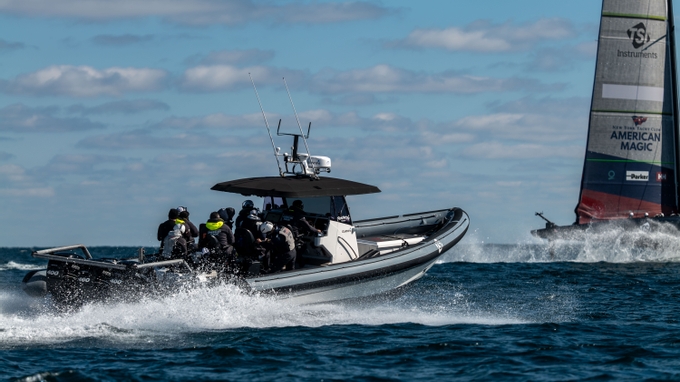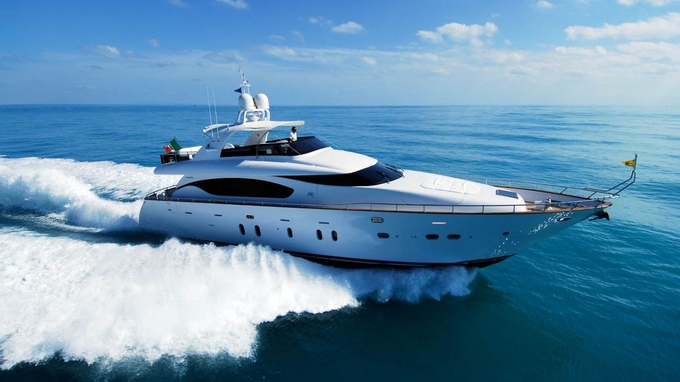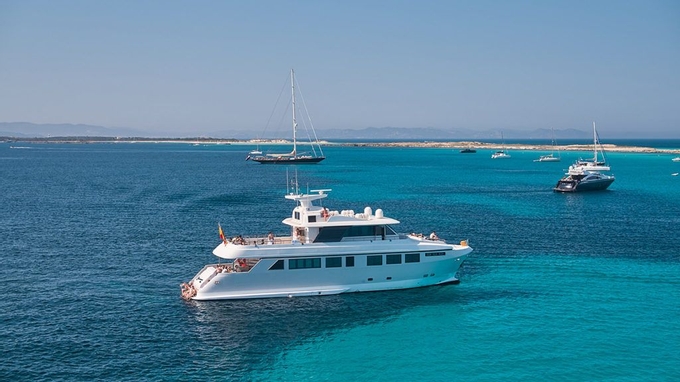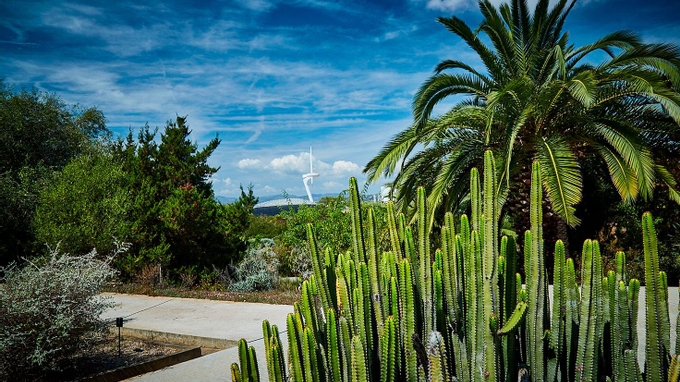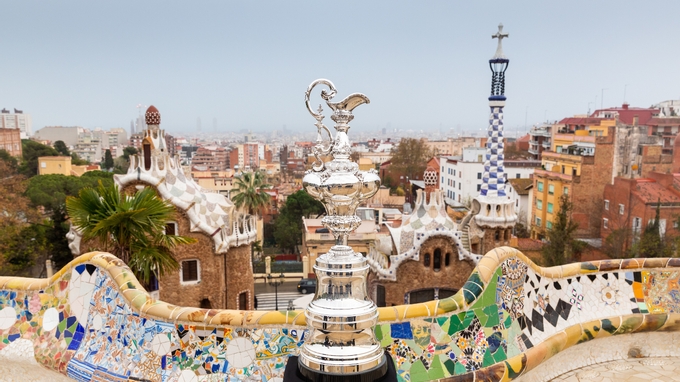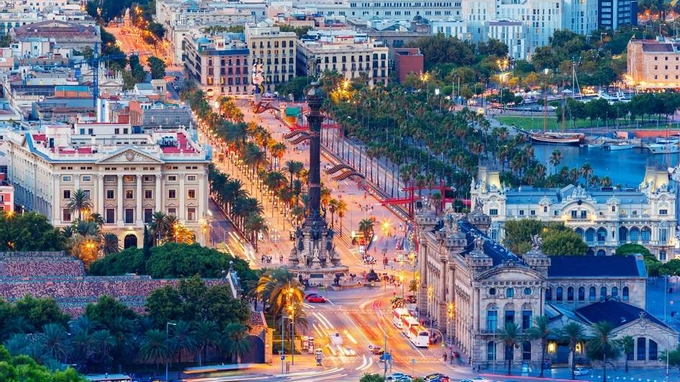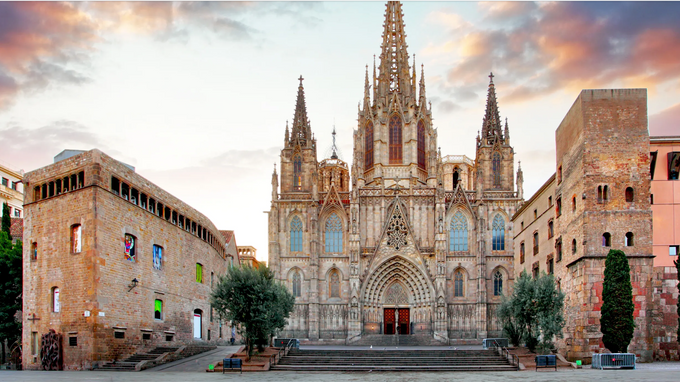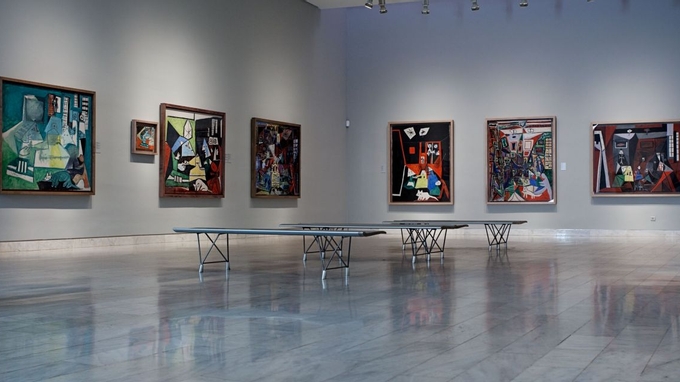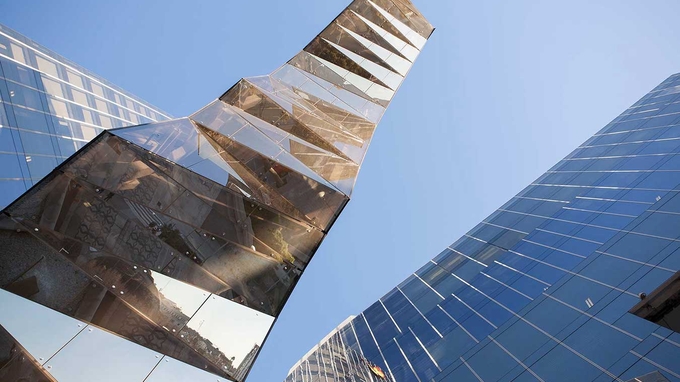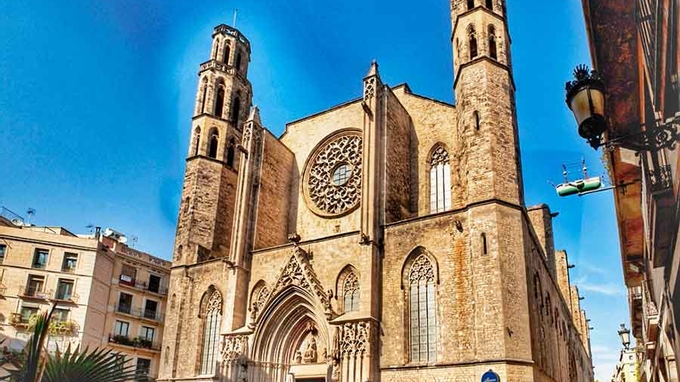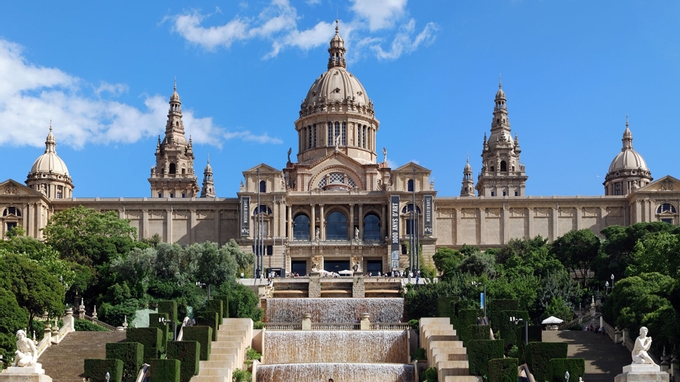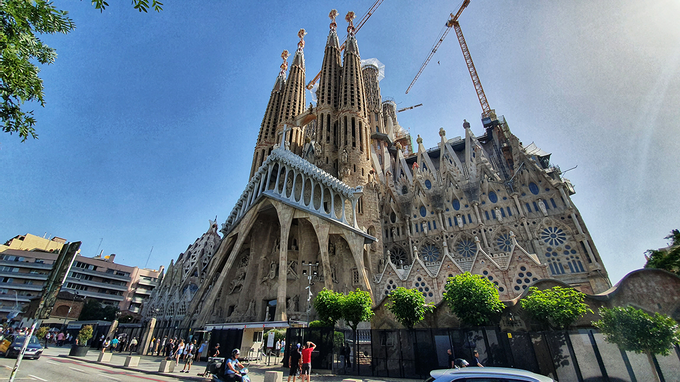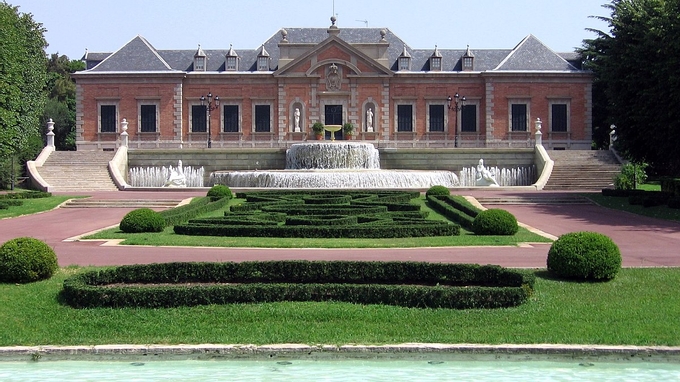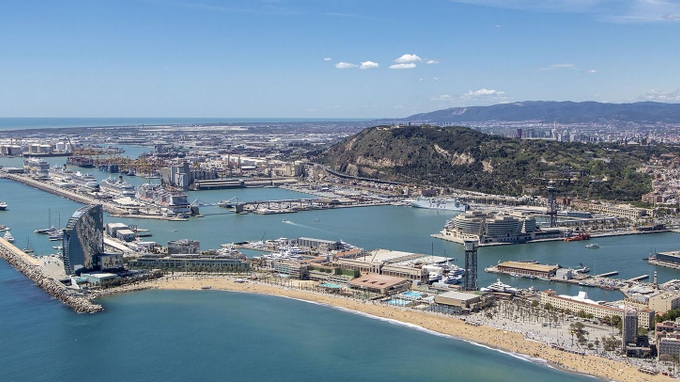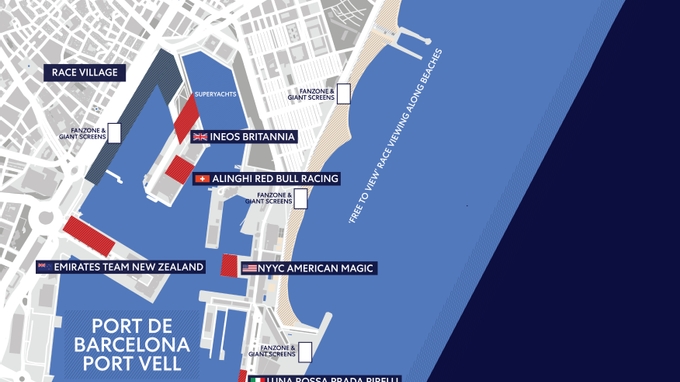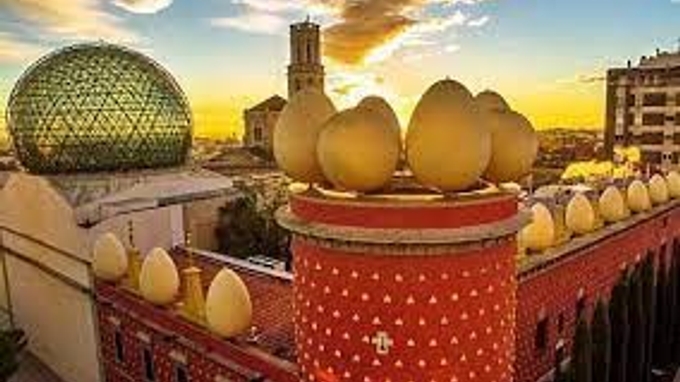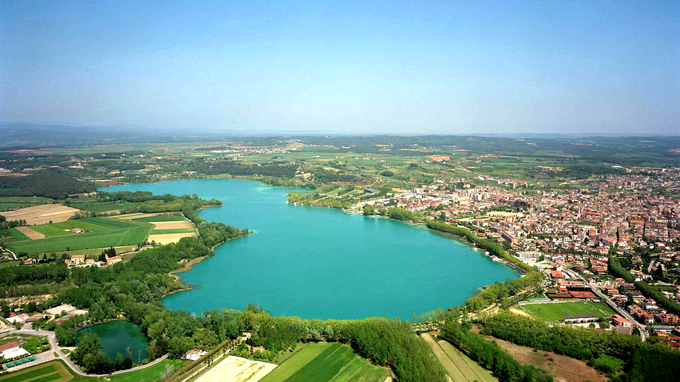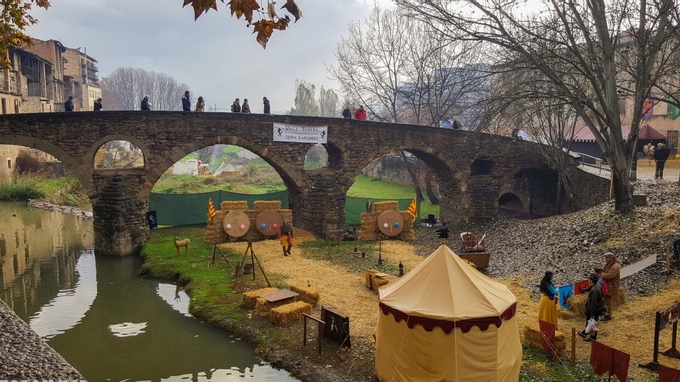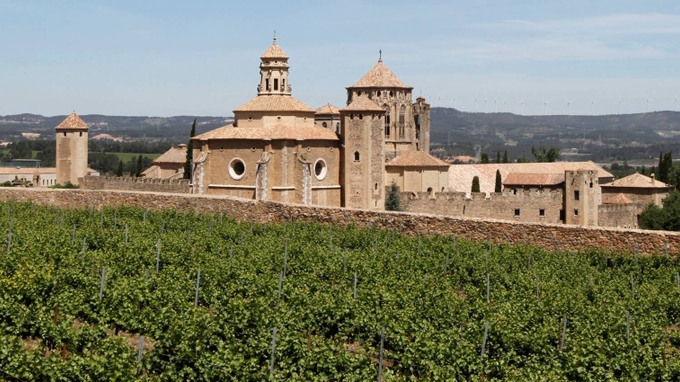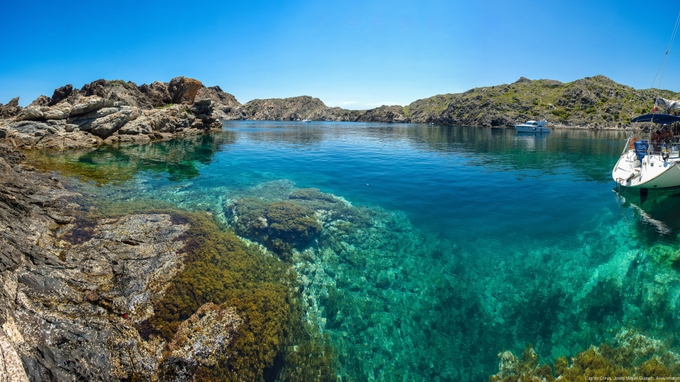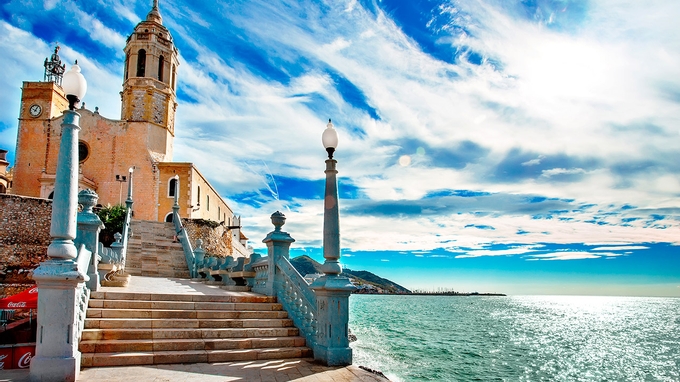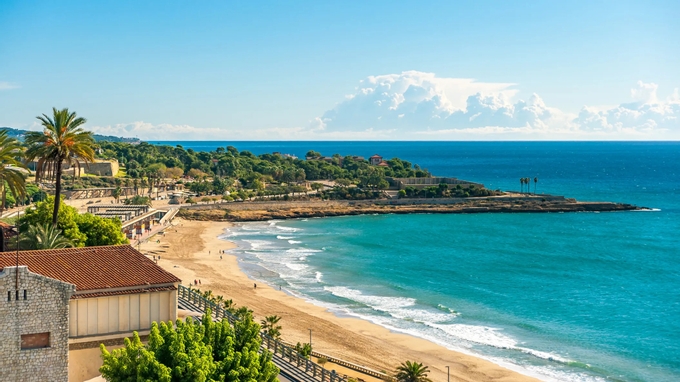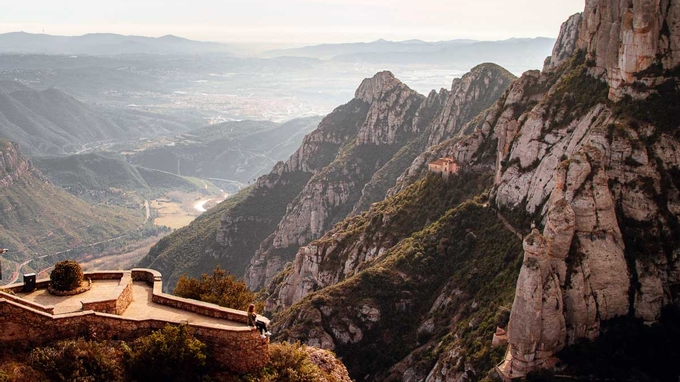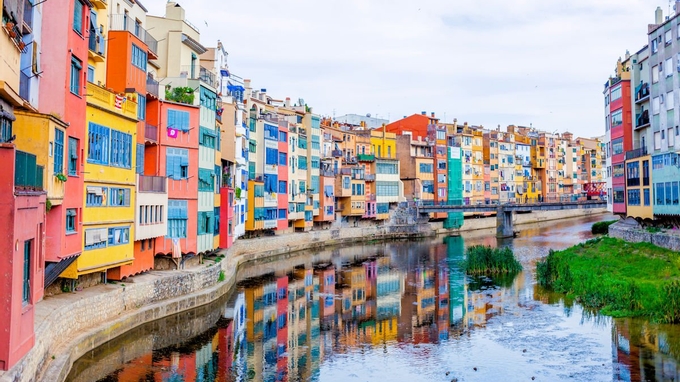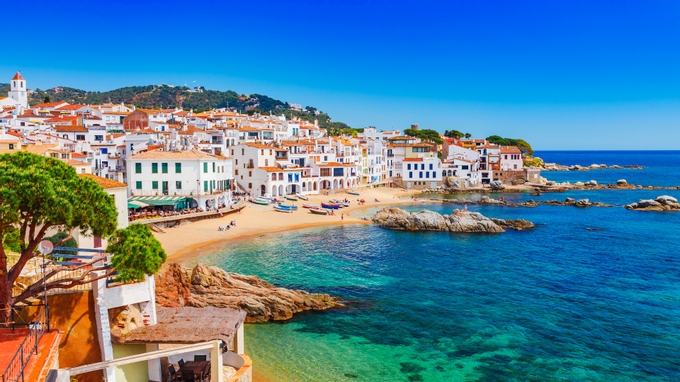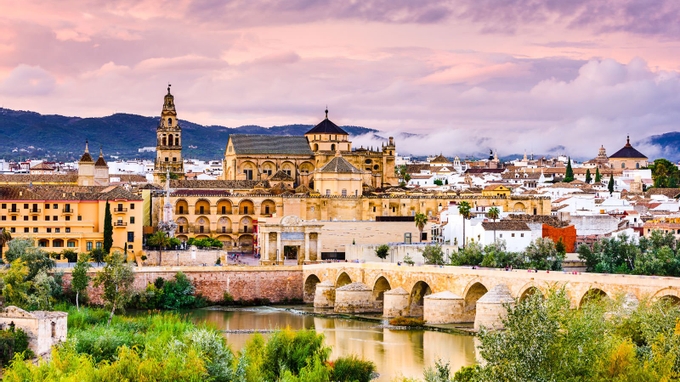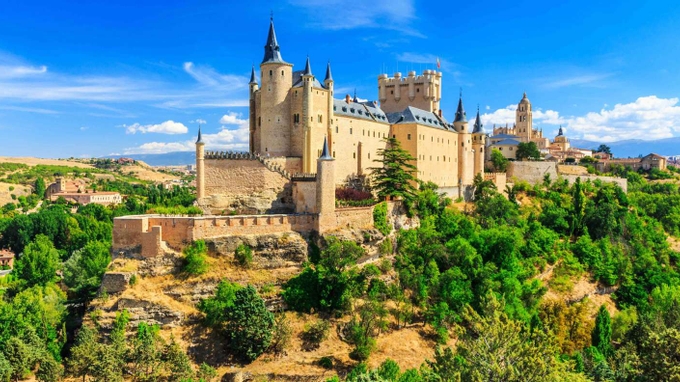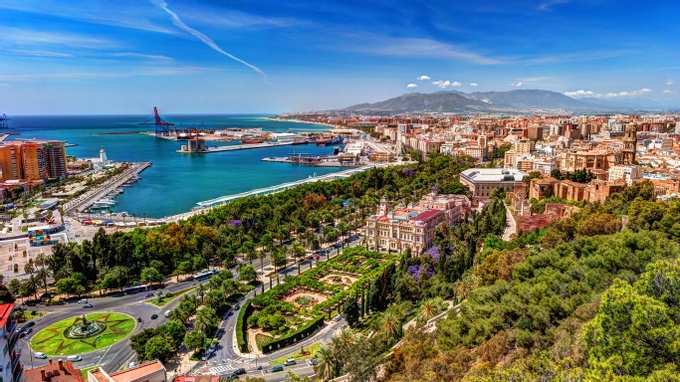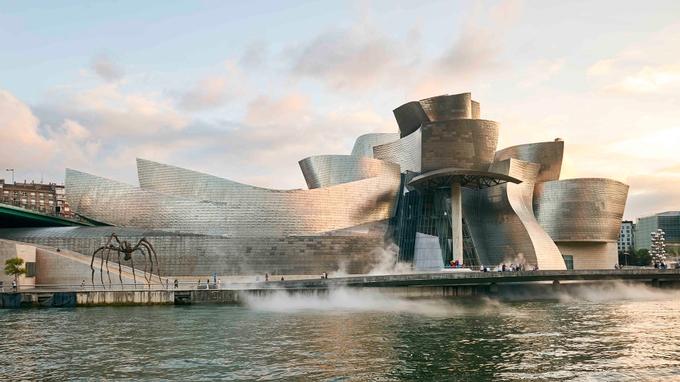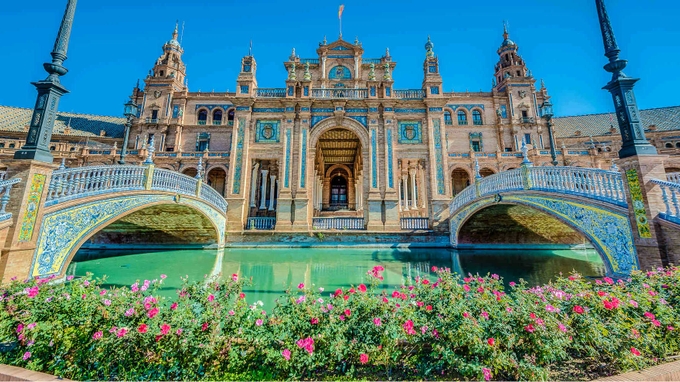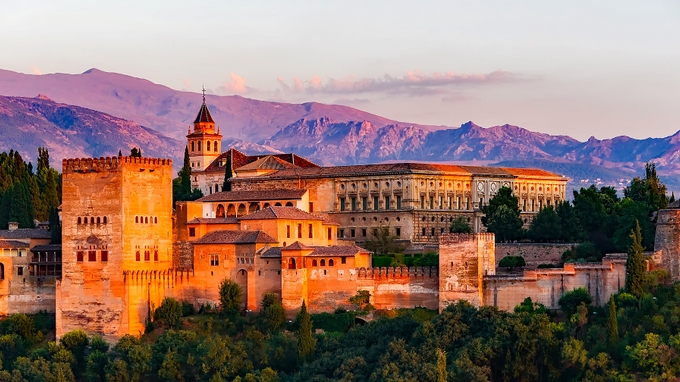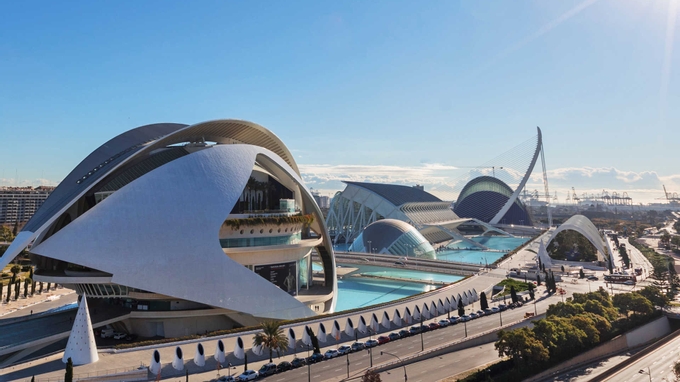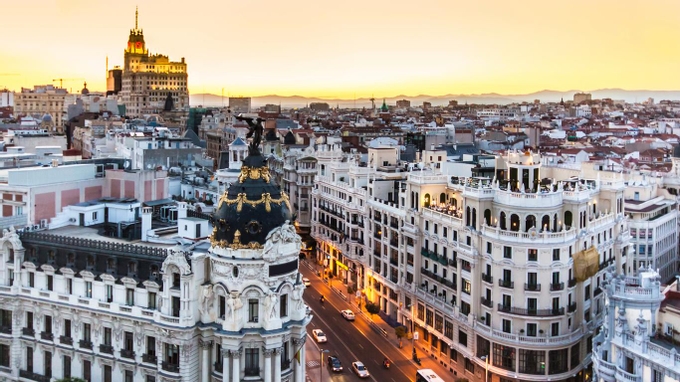Barcelona, the cosmopolitan capital of Catalonia, in Spain, is known throughout the world for its art and architecture. The Sagrada Família Basilica and other modernist landmarks designed by Antoni Gaudí dot the city whilst the Museu Picasso and Fundació Joan Miró feature some of the finest modern art from these famous artists.
The city’s metropolitan area has an estimated three million inhabitants (1.6 million in the city centre) and is located in the western part of the Mediterranean Sea. Founded by the Romans in 12BC, it wasn’t until the late Middle Ages that the city started to expand and become an important staging point and trading port in the Mediterranean.
The 13th and 14th century were Barcelona's heyday as the maritime capital of the Crown of Aragon, originated by the dynastic union of the Kingdom of Aragon and the County of Barcelona that took a dominant role in Europe with conquests south to Valencia, and east to Mallorca, Menorca, Sardinia, Corsica, Sicily, Naples and Athens. Following the conquests came vast commerce with hundreds of ports in the Mediterranean Area that brought wealth to Barcelona and the regions around it. Visiting the Gothic Quarter today, many of the buildings that you see are constructed in this period: The Cathedral, Santa María del Mar, The Townhall, etc. In recent times, the city and the whole of Catalonia has experienced a renaissance, triggered by the World Expositions (1888 and 1929) and the Olympic Games held in Barcelona in 1992.
For visitors, Barcelona is a city that has much to offer. World class sport, such as the Louis Vuitton 37th America’s Cup in 2024, is attracted to the City whilst its eponymous football team Barcelona FC is housed in one of the great ‘cathedrals’ of modern football–the Camp Nou–with a capacity of some 99,000 spectators: and yes, it’s a sell-out at nearly every game!
For gastronomy lovers, Barcelona has many excellent Michelin starred restaurants, but you can also find a great variety of cuisines from all over the world to suit just about every budget. A short ride outside Barcelona centre, are the beautiful wineries with the Penedes region, 45 minutes drive west from Barcelona, known for its many excellent Cava producers. Alella, a tiny wine region less than 30 minutes' drive north of Barcelona, produces high quality Cava and white wine and in Priorat and Montsant, you will be able to taste some of Spain's very best red wine.



